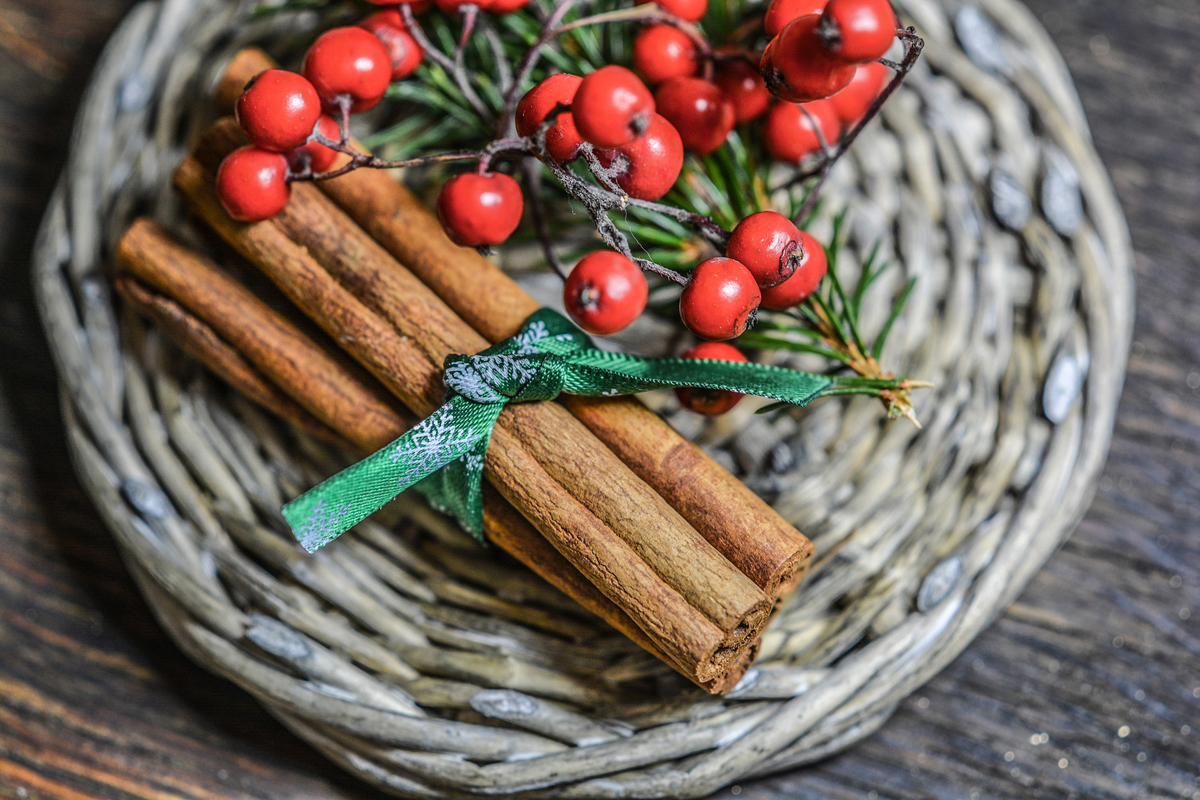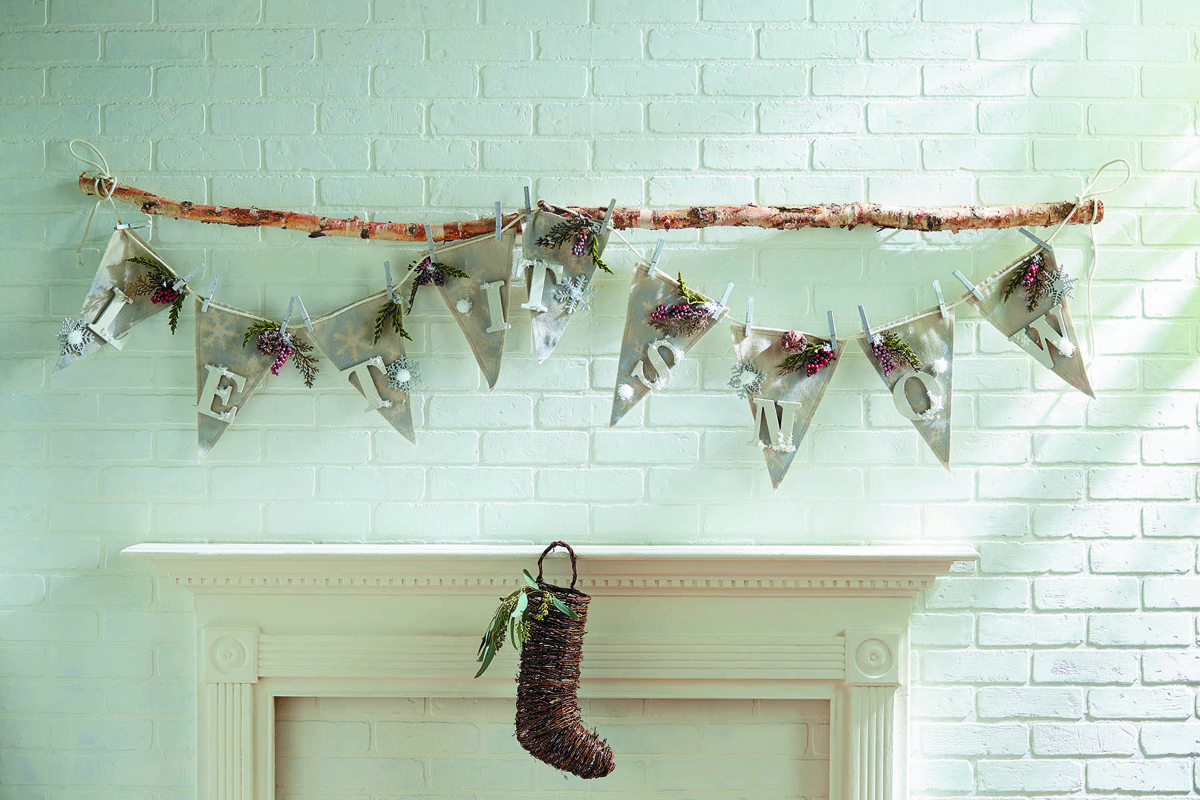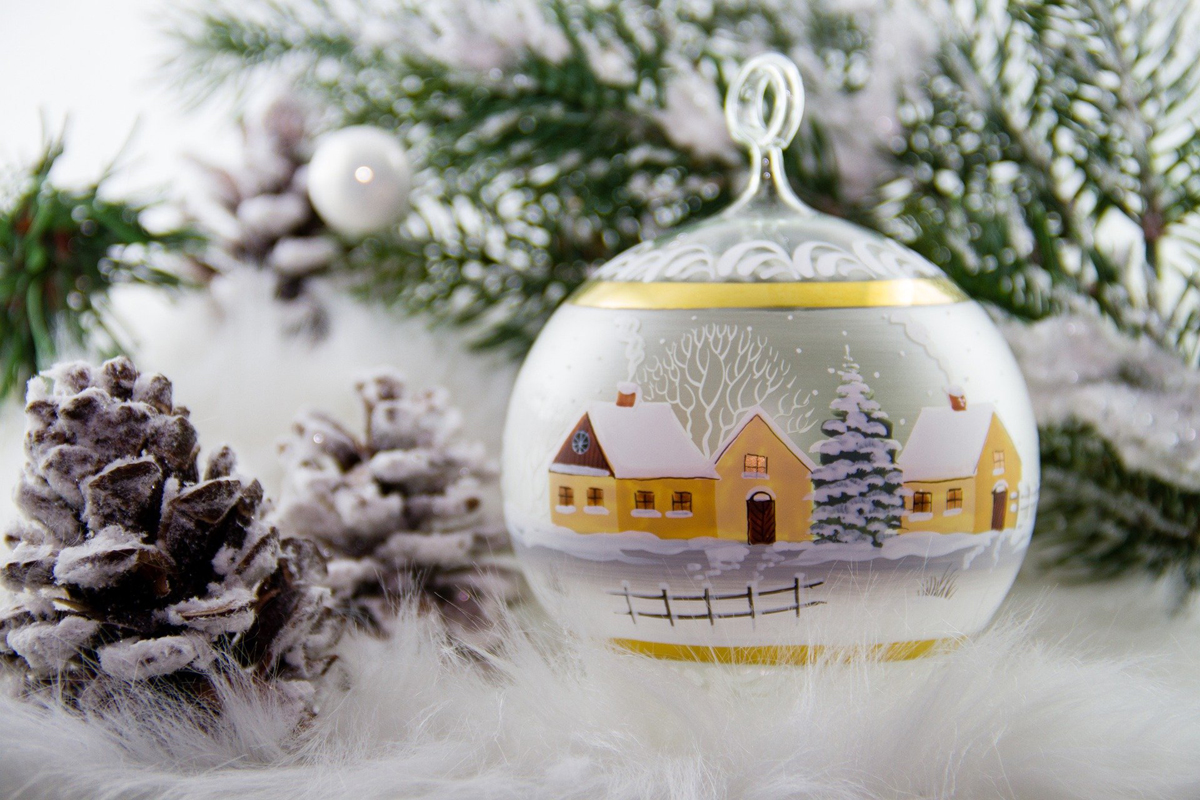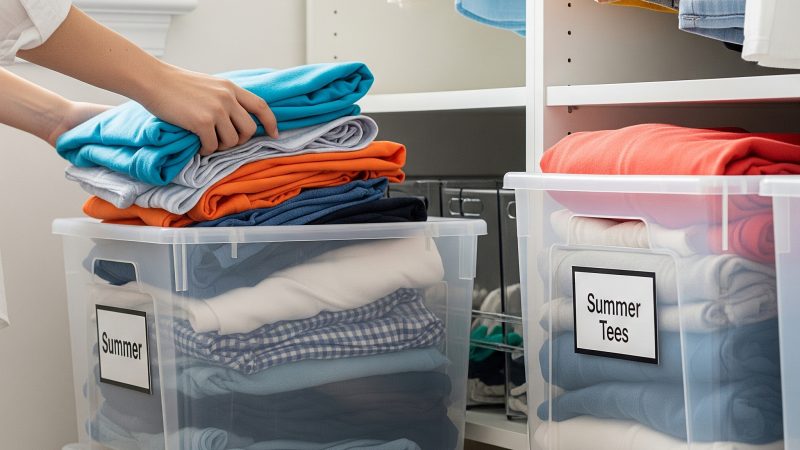History of The North American Pioneer Schoolhouse
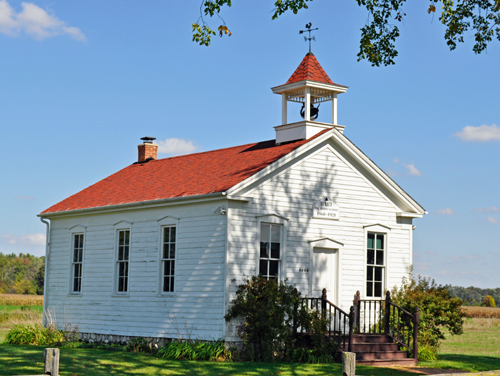
The early settlers who came to North America were a very driven group of people, and entire families worked hard at making their new venture successful. They had escaped severe hardship in the country of their origin and were determined to succeed in this new soil. Pioneer families banded together for support and safety and together they tried to make their settlements flourish into villages and then into towns. They had a great appreciation for the value of education and they took great pains to ensure that their children were not deprived of this privilege. One of the first things they constructed, after houses and a church of course, was a pioneer schoolhouse.
Basic is the word best used to describe a pioneer schoolhouse because the early settlers did not have the resources to build more than that. They worked together to build a one room schoolhouse where a single schoolteacher taught the kids. Even the schoolteacher’s salary was paid for by the families who lived there because there was no other option for them since there was no system of education organized by the government in those days.
A one room school house was therefore a very important part of a pioneer town, even though it was sadly lacking in facilities or comfort. Paper was in extremely short supply in those days and the available supply was certainly not given to children. Children in those days had to practice their writing on slates. In addition, they had to make do with a handful of books available for all of them together. The school teacher was strict and the only teaching style in those days was by rote learning.
Children were given very basic education in a pioneer schoolhouse. They were taught reading, writing, arithmetic and a little geography, all by the same school teacher. In addition, they had a lot of chores to do including hauling water for cleaning, chopping and hauling wood for the classroom stove and also cleaning the exterior of the building. As a matter of fact, their parents did a lot of chores for the school teacher as well, sometimes in lieu of a salary.
Nothing came easy in those days and it was a common sight to see children trudging to the pioneer schoolhouse in all weather conditions, some of them having had to walk long distances. The school was not always a refuge from the weather since it was extremely cold inside during the winter months. The schoolroom usually had a stove that burned firewood but it offered very little protection against the biting cold. Children usually came prepared for the cold, wearing their winter coats while inside the schoolroom.
In spite of the difficulties that people faced and irrespective of the shortcomings of a pioneer schoolhouse, it still managed to educate generations of children reasonably well. People, particularly those who are interested in the lives of the pioneers, make it a point to see any pioneer log cabins such as schoolrooms and homes that have been preserved for their historical value. They also love to buy models of these log cabins, both for their entertainment and for gifting.
A one room pioneer schoolhouse was a very common sight till not too long ago and many people’s grandparents will remember studying in one of them. This has been one of the most enduring institutions of the United States and Canada. Generations of children studied here and were provided with skills to face the world, in spite of these schoolhouses having extremely minimal facilities. There is no doubt that both nations owe these log cabin schoolhouses a great debt of gratitude.
The Author:
This article was prepared by Paul Nerrad on behalf of Crafty Design www.logcabintoys.com. Crafty Design is located in Surrey, British Columbia, Canada and specializes in Pioneer Schoolhouse Kits and other toy log kits.
Photo. Acrylic Artist



